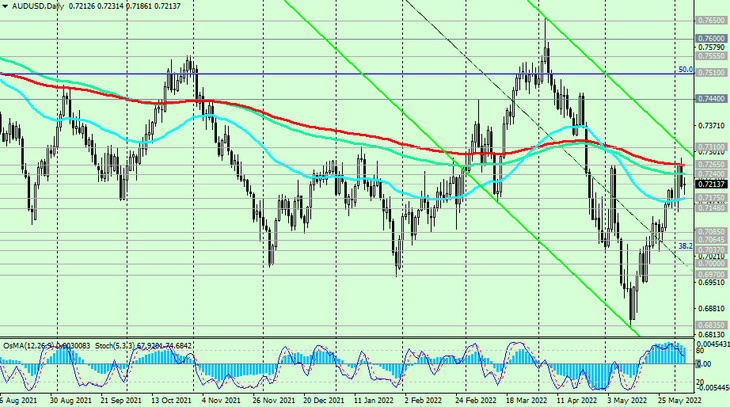Today, in most European countries, Catholics celebrate the "Day of the Holy Spirit". Banks in these countries are closed, and therefore, trading volumes will be minimal, especially during today's European trading session. The publication of important macro statistics is also not expected today: it is likely that the dynamics of quotations of major currency pairs, primarily European ones, will be flat, within the range between today's highs and lows reached during the Asian trading session.
Meanwhile, the dollar is weaker today and the DXY dollar index is down. DXY futures are traded near 101.93 as of this writing, 23 points below Friday's close.
As follows from the report of the US Department of Labor, published on Friday, in May in the US (outside the agricultural sector of the economy) 390 thousand new jobs were created, unemployment remained at the same level of 3.6%, and Americans salaries continued to grow. NFP turned out to be better than the growth forecast by 325 thousand jobs (the value for April was also revised to 436 thousand from 428 thousand).
The report of the US Department of Labor indicates a continuing improvement in the US labor market, which is a positive factor for the dollar and an argument for the Fed in favor of further tightening of monetary policy. As the Fed leaders have repeatedly said before, the main goal for them in the current situation is to “bring down” the inflation rate, which has accelerated to 40-year highs.
However, the expected rate hike of 0.50% at the Fed meetings in June and July has already been priced in, according to Fed Chairman Powell.
While the Fed's tight monetary stance is itself bullish for the dollar, market participants are still waiting for more aggressive statements from US central bank leaders to reinforce long dollar positions.
Today, the publication of important macro statistics in the economic calendar is not scheduled. Market volatility could rise sharply on Tuesday when the RBA interest rate decision is released at 04:30 GMT. It is expected that at this meeting the Central Bank of Australia will raise the interest rate to 0.60% from the current level of 0.35%.
In an accompanying statement, RBA officials will explain the reasons behind the rate decision. If they signal the possibility of easing monetary policy in the near future, then the risks of the fall of the Australian dollar will increase. And, on the contrary, tough rhetoric of the RBA's accompanying statement may provoke the strengthening of the Australian dollar.

At the time of writing this article, AUD/USD is traded near 0.7215, moving in ascending channels on the 1-hour and 4-hour charts. At the same time, below the key resistance levels 0.7265, 0.7310 AUD/USD remains in the long-term bear market zone. It is quite possible that tomorrow's RBA meeting will become a driver for breaking through these resistance levels. Or maybe not!





